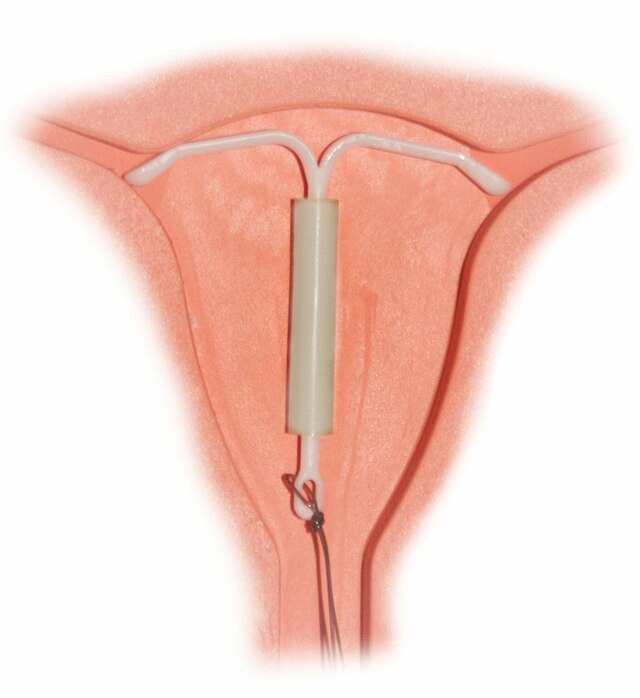What is an IUD?
An Intrauterine Device (IUD) is a small, T-shaped contraceptive device that is inserted into the uterus to prevent pregnancy. It is one of the most effective forms of reversible birth control available and can provide long-term protection against unintended pregnancy.
How does an IUD work?
There are two main types of IUDs: hormonal and non-hormonal (copper). Both types work by preventing sperm from reaching and fertilizing an egg. The hormonal IUDs release a small amount of progestin hormone, which thickens cervical mucus, making it difficult for sperm to enter the uterus and fertilize an egg. Additionally, hormonal IUDs may also prevent ovulation in some women. The copper IUD releases copper ions, which are toxic to sperm, preventing fertilization.
Who can use an IUD?
IUDs are suitable for most women, including those who have never been pregnant, women who have had children, and women who are breastfeeding. They are particularly recommended for women who desire long-term, highly effective contraception.
What are the benefits of using an IUD?
- Highly effective: IUDs are over 99% effective at preventing pregnancy.
- Long-lasting: Depending on the type, IUDs can provide protection against pregnancy for 3 to 10 years.
- Reversible: IUDs can be easily removed by a healthcare provider if you decide you want to become pregnant or switch to another method of contraception.
- Convenient: Once inserted, you don't have to worry about daily or monthly contraception methods.
- Safe: IUDs are safe for most women and have few side effects. They do not affect future fertility.
What are the potential side effects of an IUD?
While most women tolerate IUDs well, some may experience side effects, including:
- Irregular bleeding or spotting between periods, especially during the first few months after insertion.
- Cramping or discomfort during or after insertion, which usually subsides within a few hours or days.
- Changes in menstrual flow or intensity, including lighter or heavier periods.
- Expulsion of the IUD, although this is rare.
- Infection, although the risk is very low.
How is an IUD inserted?
Insertion of an IUD is a simple procedure that is typically performed by a healthcare provider in an office setting. It involves placing the IUD into the uterus through the cervix using a special inserter device. The procedure usually takes just a few minutes and may cause mild discomfort or cramping.
When should I contact my healthcare provider after getting an IUD?
You should contact your healthcare provider if you experience any of the following symptoms after getting an IUD:
- Severe abdominal pain or cramping
- Heavy or prolonged vaginal bleeding
- Signs of infection, such as fever, chills, or unusual vaginal discharge
- Difficulty feeling the IUD strings
Can IUDs protect against sexually transmitted infections (STIs)?
No, IUDs do not protect against STIs. If you are at risk of STIs, you should also use condoms to reduce your risk of infection.
Where can I get an IUD?
You can get an IUD from our family planning clinic. We will discuss your options with you and help you choose the best type of IUD based on your individual needs and preferences.
Need One?
Intrauterine Devices (IUDs) are safe, highly effective, and long-lasting contraceptive options suitable for most women. If you're considering an IUD, contact us to learn more about whether it's the right choice for you.
